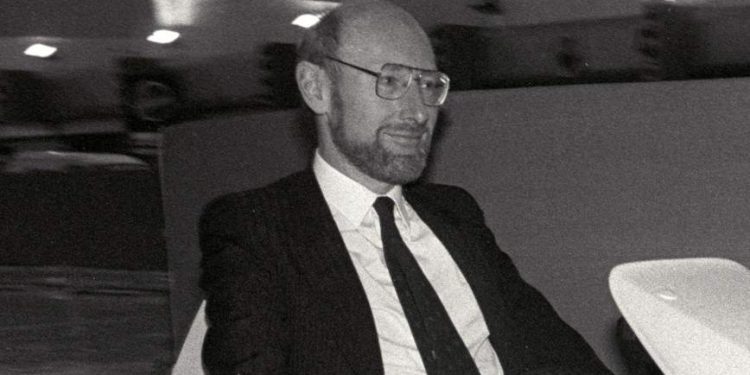British inventor Sir Clive Sinclair passed away yesterday Thursday at the age of 81, after a lifetime full of innovations that influenced millions of people.
Sinclair is most famous for being the creator of cheap and small personal computers, in a time when computing was still confined in dedicated rooms at universities and businesses.
Although Sinclair computers were not the first aimed at the private user, they were the ones that best managed to connect with a generation that wanted to explore the possibilities of computing , especially in Europe, where it managed to sell millions of units of the ZX80, ZX81 and the ZX Spectrum.
Its most popular machine, the ZX Spectrum, started at 39,000 pesetas, and gave rise to versions licensed and manufactured in Spain such as the Inves Spectrum +. This was rare at the time, and a community of users soon formed, sharing their own shows and games in local magazines and groups; This machine is considered responsible for training many of the programmers who years later would succeed in the software and video game sector.
But Sinclair’s mind couldn’t settle for that. Already from the beginning of his career in the 50s, his developments were very varied and he was not able to focus on just one thing; he worked on radio transistors, high definition sound and small CRT televisions. The spiritual predecessors of the ZX Spectrum were its scientific calculators , of reduced size and price, thanks to the use of less powerful chips (and that no one in the industry wanted anymore), which were reprogrammed for performance that seemed impossible.
Sinclair was a visionary, and like everyone else, that worked against him when he got into projects too far ahead of their time. Nothing exemplifies this better than the C5, an electric vehicle launched in 1985 , decades before industry and consumers were ready to make the leap to batteries. It was basically an electric bicycle, since although the user was seated like in a car, he had pedals on his feet to help with movement and thus try to achieve the 32 kilometers of autonomy that he was supposed to have. In practice, the C5 was too slow and the plastic construction gave the feeling that it was a toy, that it was in the same lane as the cars.
The failure of the C5 was a major blow to Sinclair, both financially and psychologically, and its plans to launch a whole range of electric vehicles were immediately stopped. Although he returned to the IT industry sporadically, since the 1990s his company Sinclair Research was made up of him alone, developing new products and ideas, some of which came to market through other brands.
Sinclair’s legacy is evident to anyone who spent the second half of the 1980s in front of a computer, or to anyone who used a scientific calculator in the 1970s, his innovations being instantly adapted by the competition. Its influence was felt all over the planet, its developments revealing new paths and ways of doing things that, until then, had not occurred to anyone.










